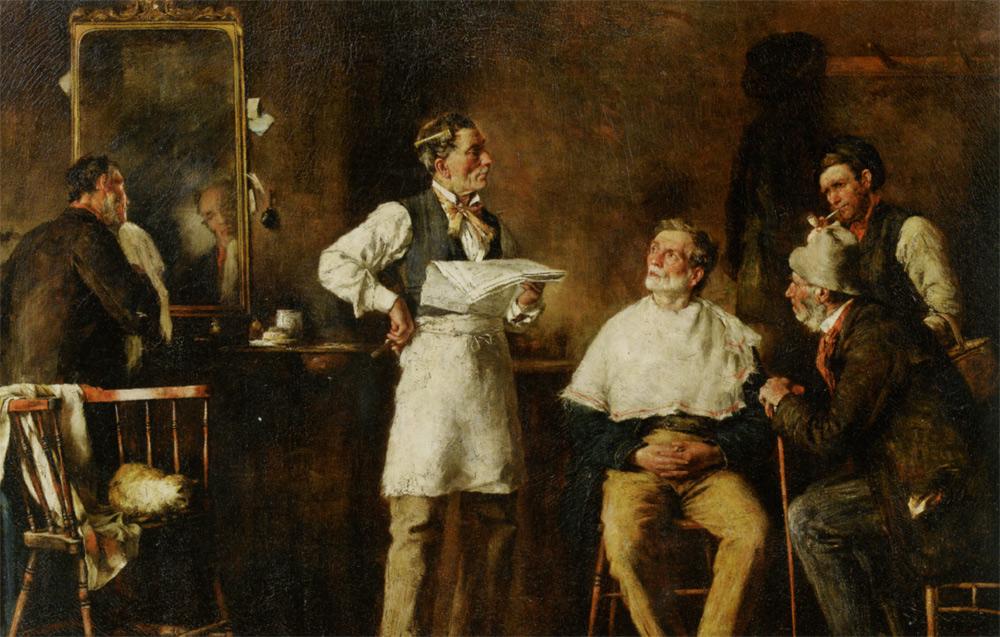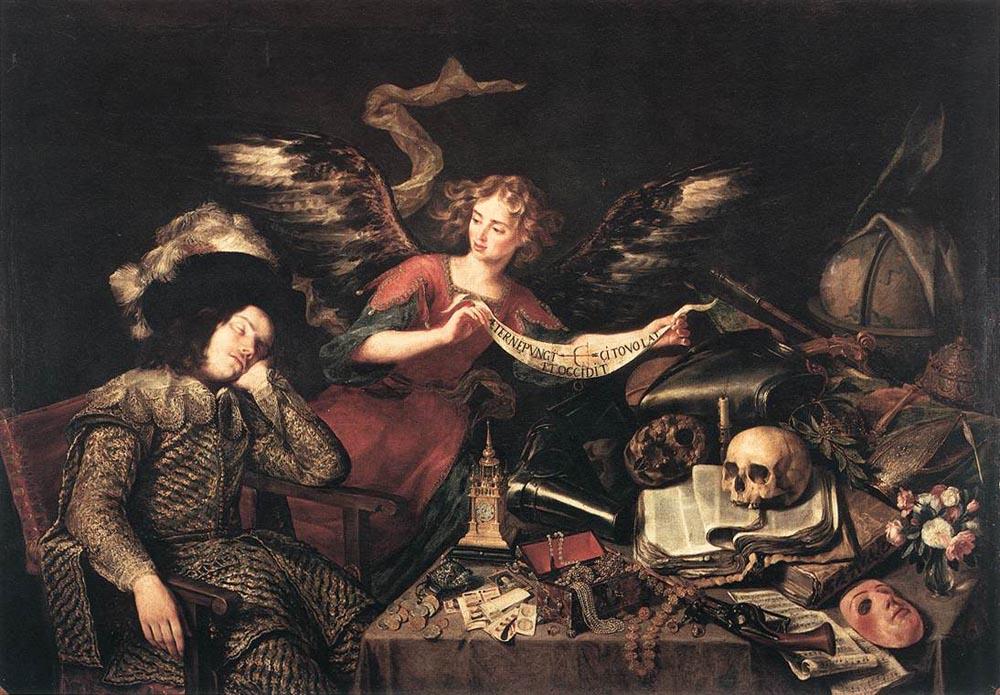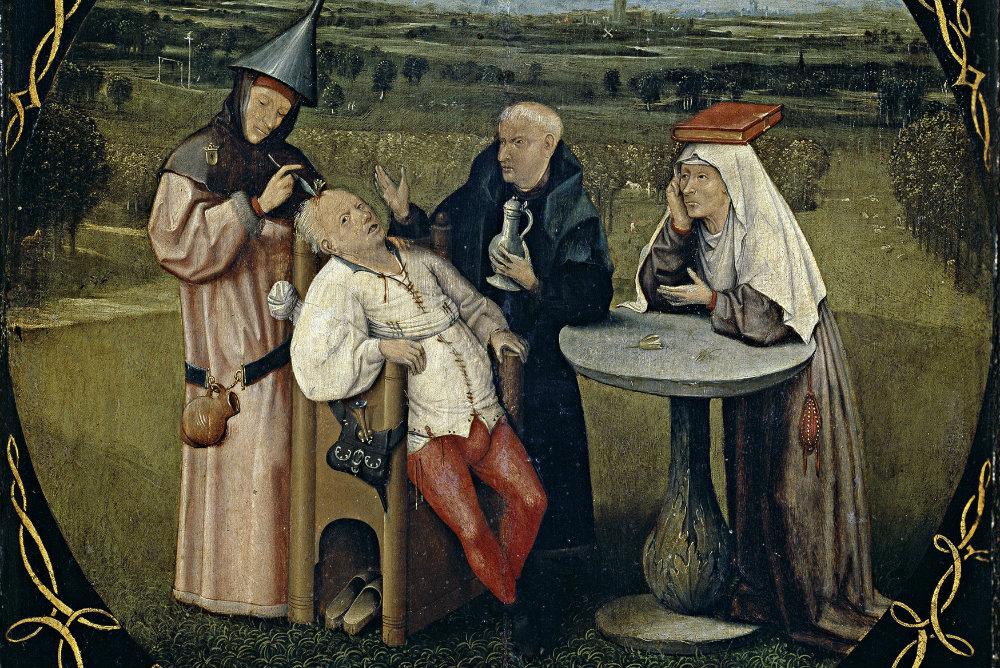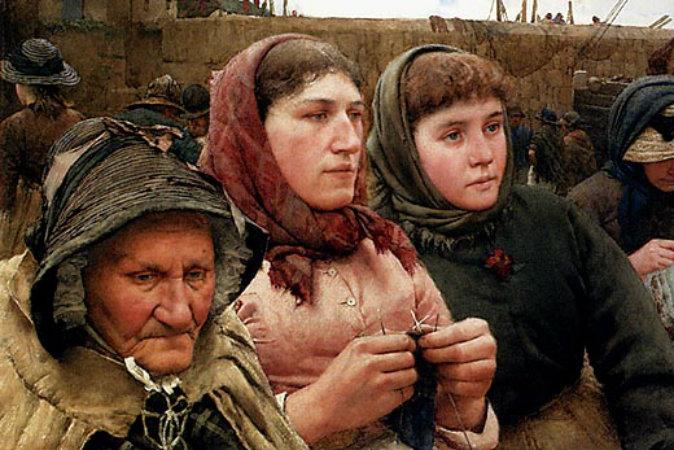Throughout history, people have found one way after another of communicating their thoughts, ideas, beliefs, values, and the entire range of their shared experiences of living. When it comes to the visual arts, modernists like to say, “Why waste your time doing realism? It’s all been done already.” That would be exactly like saying, “Why waste your time writing anything? It’s all already been written. There is nothing left to say.”
Realism has been denigrated repeatedly for being no more than illustration, as if illustration was a dirty word. Would anyone say that Michelangelo’s Sistine Chapel is just illustration? After all, it does illustrate the Bible. In truth, illustration is just another word for storytelling.
Would we reject written language because it tells a story? Of course not. But we all recognize that there are good stories and bad stories, some well written or poorly written, eloquent or verbose. So too are there bad works of art, mediocre works of art, good and great works of art, and the rare masterpieces.
We may not all agree all the time, but most people can see intuitively the value in a Vermeer, Rembrandt, Caravaggio, Alma-Tadema, or William Bouguereau. And if people were not brainwashed, they would pretty much be able to see the actual truth about a canvas with disorganized globs of paint on it: that it is something which takes virtually no skill to make and lacks any genuine means of communication.
Modernism needs to reject all realism because it is rejecting nearly all meaning. How many modern works are titled with the word “Untitled”? Untitled 1, Untitled 33, Untitled ad nauseam. They wear the word “Untitled” like a badge of honor. In doing this, they are telling us and their professors alike: “Look, I was careful not to imbue this mess I made on the canvas with any sort of meaning at all!”
Storytelling has become a dirty word in the world of fine art. Storytelling is demeaned as mere “illustration,” and “illustration” itself is relegated to the “commercial arts.”
Go sign up to study in the fine arts department of any college or university in America, and tell the “officials” who run the place that you want to paint great anecdotal scenes either as histories, or allegorical paintings, or even everyday scenes that capture modern life—anything that might symbolize or express the most powerful of human themes. What do you think will happen?
After looking down their noses at you, trying to figure out how to say what they want without insulting you too much, they will politely tell you, “Well dear, you should really check out the graphic arts department or look into a commercial art school or go to a trade school for that matter; we do not consider your interests fine art.”
They will tell you that storytelling is not what they do. It doesn’t interest them. It’s not a fitting purpose for fine art. It’s not “relevant.”
So, what is fitting for modernist and post-modernist philosophy? What is relevant? They will tell you, “form for its own sake” ... “color for its own sake” .... “line or mass for their own sake.” That is art. There is nothing else that art should communicate or express. They say they’re showing us how to see differently. But we all see what’s there and more so what is not there.
To them, these abstract or minimalist gimmicks are far more worthy of accolades of merit than recreating scenes from the real world, or from our fantasies, myths, or legends; more profound than imagery that shows our hopes, dreams, and the most powerful moments in life.
Empty canvases, or empty rooms, or piles of rocks are more important to them and far more “relevant” subject matter than the moments in life that describe and define our shared humanity.
Squares of color are superior to subjects about people of color; layers of textured paper trumps showing the layered textures of life. Dribbles of paint are more compelling than a child learning how to dribble a basketball. Bags of garbage are considered more sophisticated than showing the transition from self-conscious adolescence to self-assured adulthood. And a light blinking on and off in an empty room attracts journalistic praise, while the blinking passage of life and time is but worthless sentimentality.
These are the ignorant precepts of the prefects who hold our museums and colleges in a hundred-year-long grip of banal irrelevancies, boring our inner souls and our youth alike in a system where the skilled are ridiculed and the talented are ignored and disillusioned.
This is Part 3 of an 11-part series presenting the speech given by Frederick Ross at the February 7, 2014, Artists Keynote Address to the Connecticut Society of Portrait Artists. Frederick Ross is chairman and founder of the Art Renewal Center (www.artrenewal.org). Read previous parts here.





